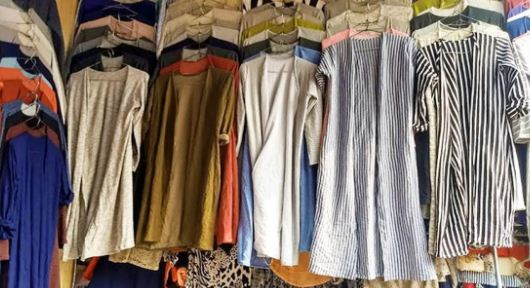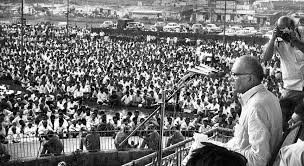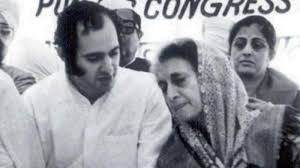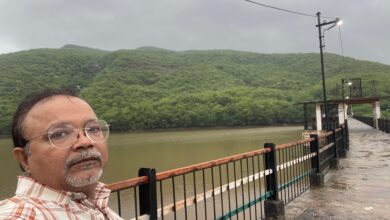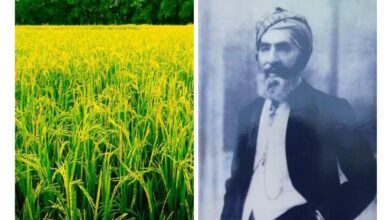High Street Fashion Around Us…
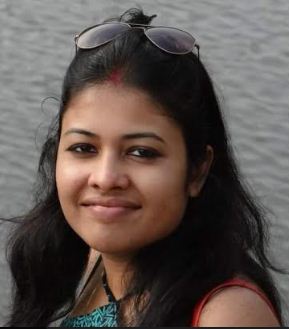
Bachelor in Design – Nift, New Delhi
Visual Merchandiser with VIP Industries
High street as the name suggests is the fashion of streets. The word derives itself from clothes that are available to be bought from shops located over the Main Street in town.
So quoting it in a language that we all can refer to a high street fashion is something that is adapted from forecasted fashion trends but designed to be more wearable and doable.
This form of fashion is modeled by may be that girl in the fashion markets like Sarojini Nagar or Kamla Market who make us turn every time we pass across and think where can we buy that floral top she is wearing or may be that lady from our neighborhood who is always tip – top as we say.
In this article I will be talking more about fashion around us than in books or Runway.
Street fashions are something that can be pulled off by common man easily and can be recreated with minimal efforts.
Something that is worn in everyday life.
The word High street fashion was born in the Victorian age between 1860s and 70s when people struggled to grow their own food. Due to urbanization shops emerged for people to buy daily necessities. Clothes were later introduced as something to be sold in these kinds of shops.
Do you remember the big platform shoes and high waisted denims from 90s or frills and cold shoulder sleeves from a year back?
This kind of trends mark fashion around us. High street fashion is embarked by fast fashion brands like H & M, Marks & Spencer and Zara who adapt high fashion stories and interpret them to be more wearable.
For the middle class or the bread earner fashion has ever since been unachievable. We think we buy just clothes that brands are producing to fill their shelves and fashion is something that is only available over ramps in fashion shows or over magazine covers.
The word fashion in our dictionaries have always been very very overrated or it won’t be an exaggeration if I say fashion is perceived as a negative word in a common man’s world.
Haven’t we heard our parents talk to that cousin who is not so good in studies but dresses well as “ Bas fashion kerwa lo inse” or if we dress up well in a family function “Why you all dolled up this is no fashion show” ..
Surprisingly those who think they do or those who don’t follow this cynical trend are all a regular customer of the business. When our fathers reject to wear his Shaadi ka Safari suit to a family wedding and wants a new Lucknawi Pajama Kurta or that checked Linen Shirt he spotted in an ORS counter while shopping unknowingly he is falling prey to the trends.
Such examples are many…so now let’s understand what are the different ways which make us fashion followers.
Have you ever thought why all the mannequins in all high fashion outlet is dressed in purple this winter or our favorite multi brand outlets are flocked with floral print kurtas, tops and palazzos. The reason lies in fashion cycle.
Runway to Real way…..
There are designated agencies who forecast fashion. Accordingly fashion designers create designs and present them over runways.
Runways are the creative interpretation of those forecasts, they can be wearable or at times they are just a piece of art.
Retailers are also a part of these fashion shows and they adapt designs from these forecasted trends presented through various fashion designers.
Sometimes retailers also have their own set of designers who adapt directly through international forecasts. When these designs are followed by customers it becomes fashion.
The apparel manufacturers who become a source of our shopping are inspired by these fashions shows only.
The journey that a particular trend takes from forecasters to Runway till retail store outlets creates its impression in a customer’s mind that it’s in fashion and this impression is created via Media. Photographs, Videos, Magazines, celebrities wearing designer ensembles in their public appearances etc.
They mark those style journeys in customers head as fashion wear. For e.g. if a showstoppers in designers fashion show wears a velvet jacket and we see those pictures all over social and print media, we start assuming velvet jackets are in fashion and if we ever plant to buy a jacket around those times, we start looking for velvet options.
How Runway fashion trickles down to streets.
During New York Fashion Week’s Spring 2014 collections, Diane von Furstenberg (DVF) sent many different crop top looks down the runway. This had a trickle effect, leading to crop tops becoming an ultimate fashion trend for Spring 2014.
Media follows a pivotal role in making any design a fashion. The drama created from Runway to store counters makes a particular style sit in our heads as fashion and trends.
When these styles reach retail outlets Visual Merchandisers emphasize them through putting those as displays in prime areas of store for e.g. mannequin display in windows or creating high points and offering some interesting scheme which unconsciously drives our shopping pattern.
There are times when we do not buy what we want but we buy what Visual Merchandisers want us to buy.
A brand invests a wholesome amount of money in making a collection inspired from some trend and thus Visual Merchandisers create a successful story around those styles which influences our purchase and everyone end up wearing those trends and it becomes a Fashion.

